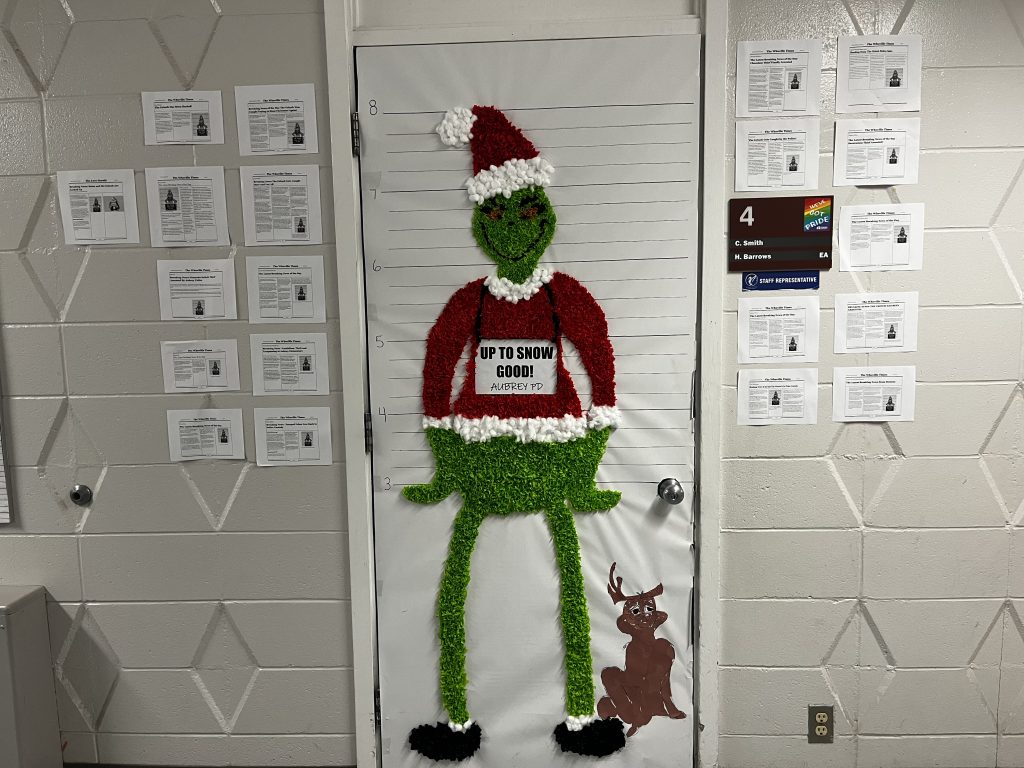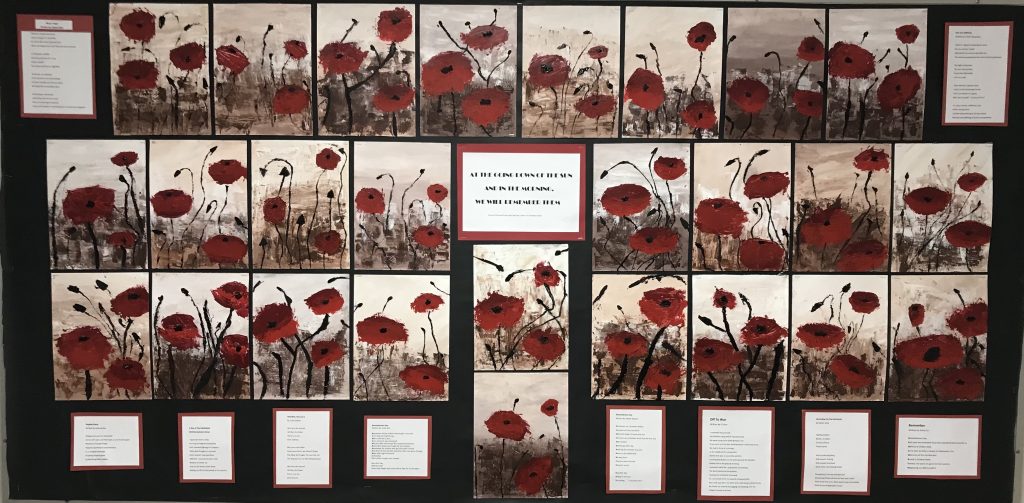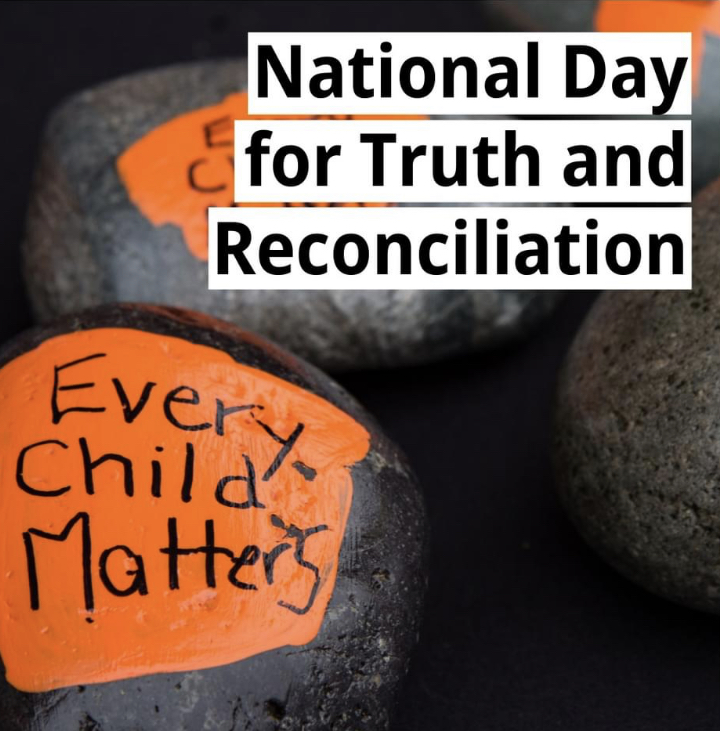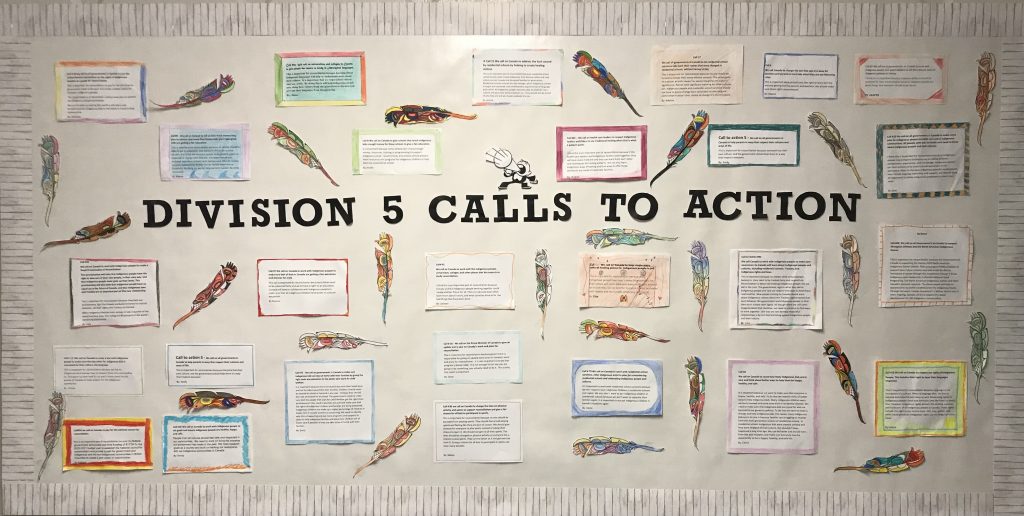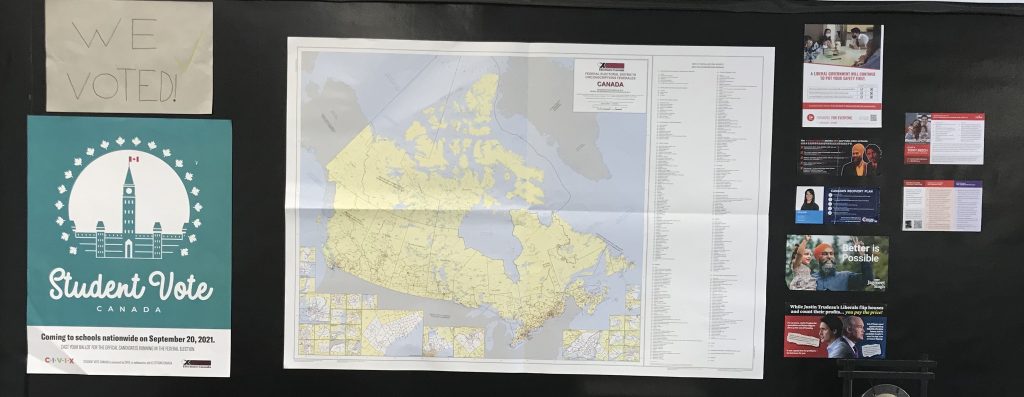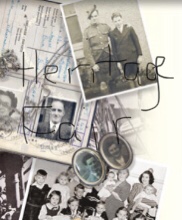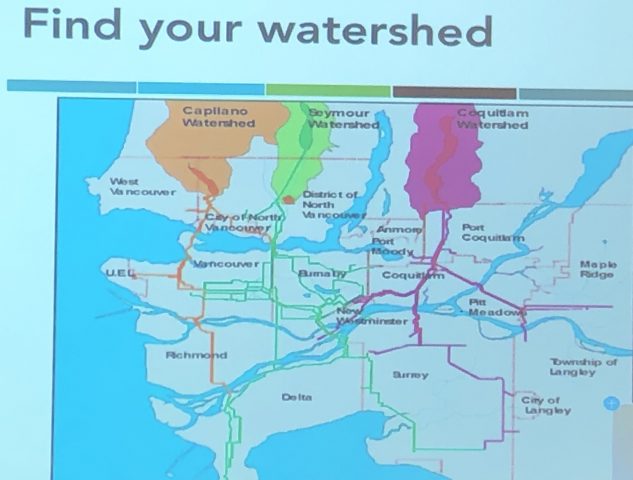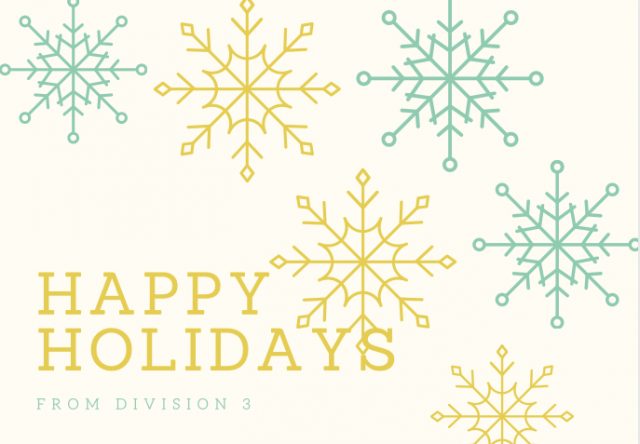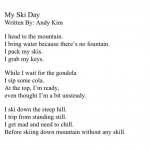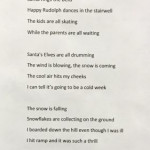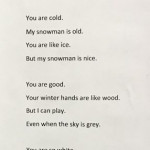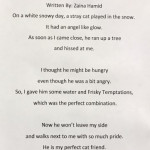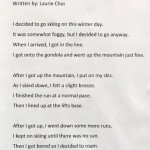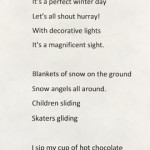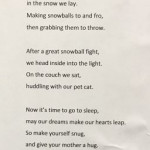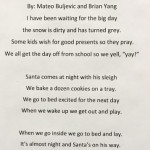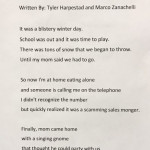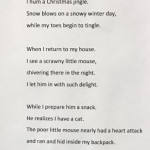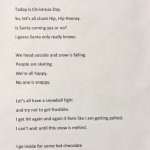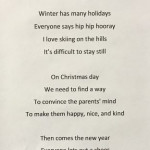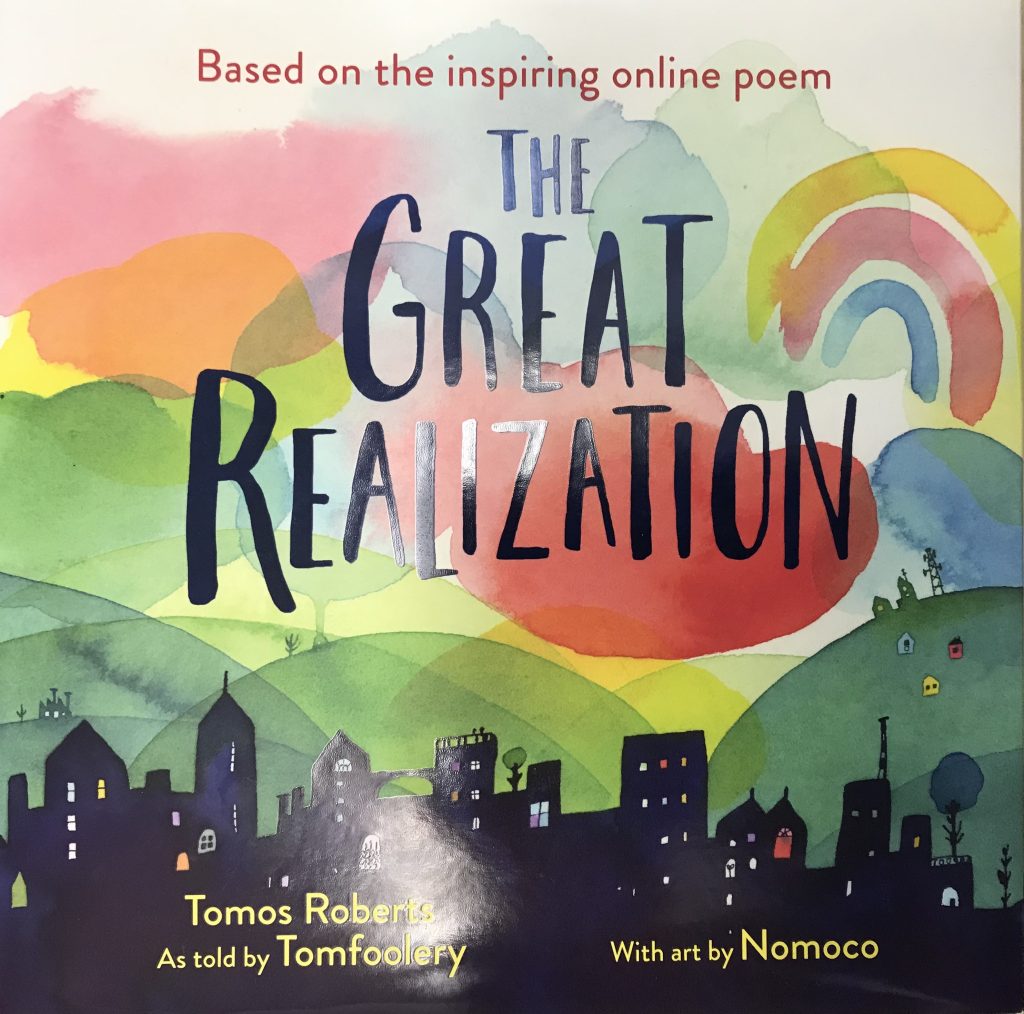
Link to Read-Aloud: https://youtu.be/Nw5KQMXDiM4
Today, in class Ms. Knowlan our student teacher taught a lesson based on the book The Great Realization written by Tomos Roberts. The book is about the pandemic, times of crisis, and the many global issues we are facing today. It also highlights how the pandemic has helped us open our eyes to some of these global issues during the global pandemic.
A few questions we discussed as a class were:
What do you think the meaning of this poem is?
What are some things that resonated with you?
In the video how does the relationship between Roberts and his siblings influence his message, choice of words, delivery and impact?
Does Tomos Robert paint a positive or negative picture?
Do the illustrations from the book change your perception or understanding?
Why do you think the author chose the title “The Great Realization”?
What are some key issues he identifies?
How does he portray the world after lockdown?
What does he mean by “hindsight’s 2020”?
For the next lesson we will be partnered up and asked to write and illustrate our own poems on global issues affecting us today (poverty, pollution, climate change, inequality, technology consumption, war, natural disasters, over population, corruption, etc.).
Blogpost written by: A.W.
